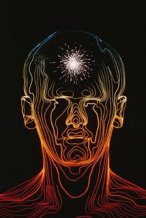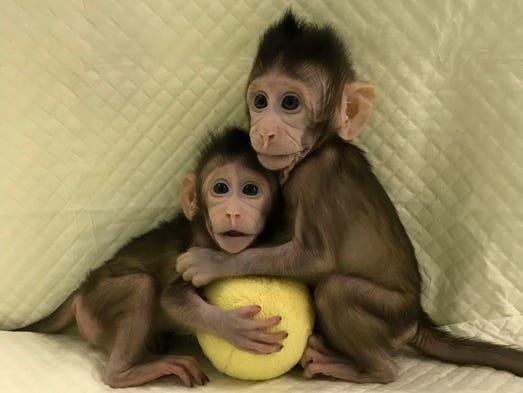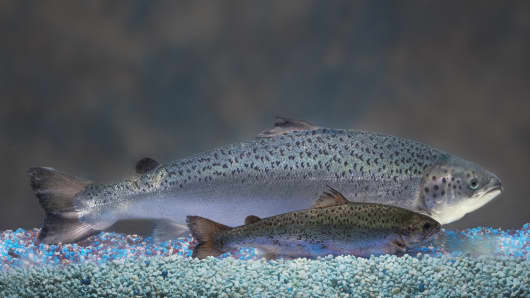 Currently, an opioid drug crisis seems to be at the forefront of political debate in our country. While millions of people fall victim to this dangerous habit each year, one possible contributing factor posses another problem for those trying to combat the epidemic.
Currently, an opioid drug crisis seems to be at the forefront of political debate in our country. While millions of people fall victim to this dangerous habit each year, one possible contributing factor posses another problem for those trying to combat the epidemic.
The issue of where to dispose of unused prescription medications plagues many areas associated with opioid, or painkiller, addiction. While this medication should be treated as hazardous material and disposed of or destroyed as such, it is commonly thrown away in trash receptacles where the wrong people can get their hands on it or flushed down toilets polluting our water systems.
Prescription medications often contain mercury, a metal that dissolves other metals such as gold that can be found in toothpaste, thermometers and light bulbs. When we flush our medication, this metal finds its way into our lakes, rivers, and streams where it is transformed to methylmercury and absorbed by phytoplankton. The phytoplankton are then grazed upon by large fish, such as tuna, incorporating the methylmercury the organism’s structure where it continues up the food chain. In humans, methylmercury leads to mercury poisoning which causes anxiety, numbness in extremities, poor coordination, and loss of motor function as well as other neurological disorders. Consequently, it is recommended that pregnant women steer clear of ingesting tuna, shark, or marlin, while the rest of us should avoid eating tuna more than twice a week. Mercury poisoning affects over six million people per year and kills thousands all because we cannot dispose of medication properly.
numbness in extremities, poor coordination, and loss of motor function as well as other neurological disorders. Consequently, it is recommended that pregnant women steer clear of ingesting tuna, shark, or marlin, while the rest of us should avoid eating tuna more than twice a week. Mercury poisoning affects over six million people per year and kills thousands all because we cannot dispose of medication properly.
The prescription opioid crisis kills approximately forty-two thousand Americans alone each year, a fourth of which are teenagers ages fifteen to nineteen, and thousands more being infants ingesting the drugs accidentally. Proper disposal of prescription medication is the key to combating a majority of these severe losses. Disposing of unused medications in registered disposal bins at pharmacies, along with utilizing drug mail-back and “no questions asked” drop off programs are a few safe alternatives to flushing the hazardous pills that are sanctioned by the Drug Enforcement Agency. By participating in these programs, we can mitigate this problem before it gets any more out of hand.













 It was docile ewe sheep named
It was docile ewe sheep named 

